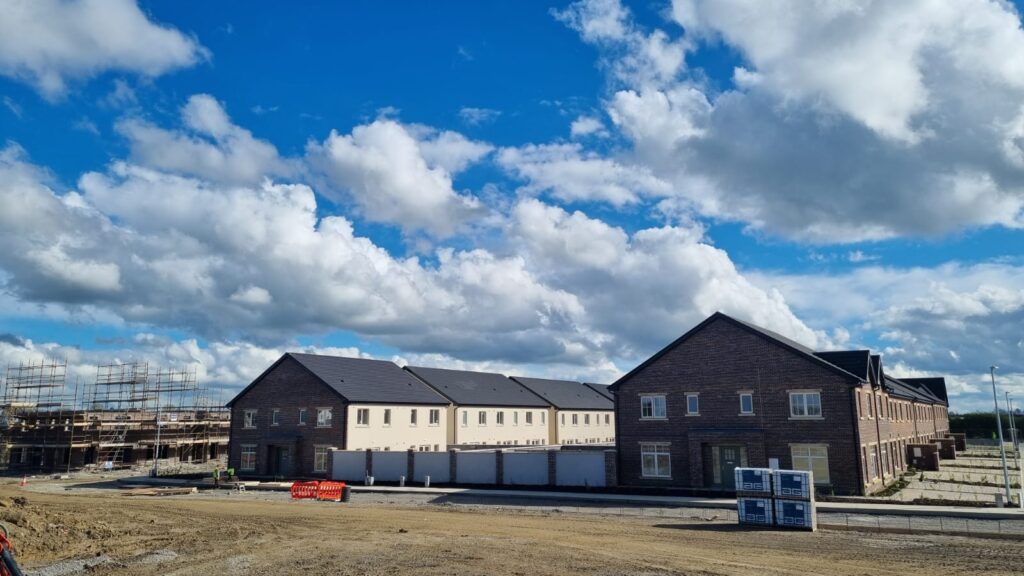Is house building in Ireland too tied up in bureaucracy?

The Irish Independent this week reported on a house-building company that has gone into receivership, carrying commentary from the director who said he no longer plans to develop new homes as the system has become too tied up in bureaucracy. This case reported this week is particularly relevant and it is important for a number of reasons, namely the impact of red tape, planning delays and rising costs on project viability. The impact of these issues will resonate with many readers here and they are symptomatic of broader, systemic problems.
Planning is not just ‘a’ problem; it is ‘the’ problem.
But it is not the only problem. Speaking to our home builder clients, they tell us that while labour and skills shortages have been recognised by the government, we are still a long way from seeing this translate on the ground. Also, regulatory complexities and compliance challenges add to project time and costs, impacting overall viability. The implications of such challenges are profound, impacting a wide range of stakeholders from potential homeowners left in limbo, to social housing projects delayed indefinitely.
This news story comes just days after the publication of a report by Knight Frank, which documents the scale of Ireland’s deficit. That particular report projects that up to 58,000 new housing units will be needed annually until 2027, a figure that escalates to 62,000 when student accommodation needs are factored in. This demand is structured around Ireland’s demographic shifts, with significant portions earmarked for first-time buyers, families, and the elderly. Dara Turnbull of Housing Europe emphasised the historical context, noting a cumulative shortfall in housing supply that could exceed 200,000 units from 2011 to 2023. Despite a 10 percent increase in housing construction in 2023, Ireland’s output remains insufficient against these figures, compounded by historical underinvestment in social housing and a legacy of incomplete projects from the Celtic Tiger era. The scenario is further frustrated by our current (and intended) planning regime and the growing number of uninhabitable properties across the country. Turnbull advocates for revitalising vacant and derelict properties as a swift, environmentally friendly solution to mitigate the crisis, though this requires enhanced resources and access. But that will not be enough, we still need to build. In terms of new builds regionally, last Sunday the Business Post reported on proposed tax plans to discourage new estates in remote areas. These proposals could either lead to new taxes or levies on greenfield site developments outside of built-up urban areas, or tax reliefs for developments on brownfield sites within existing urban areas (read in full here). This seems like a retrograde step.
As always, we would love to hear your take on this and how it might impact planning projects, specifically, is house building in Ireland too tied up in bureaucracy?
Ian Lawlor
086 3625482
Managing Director
Lotus Investment Group
